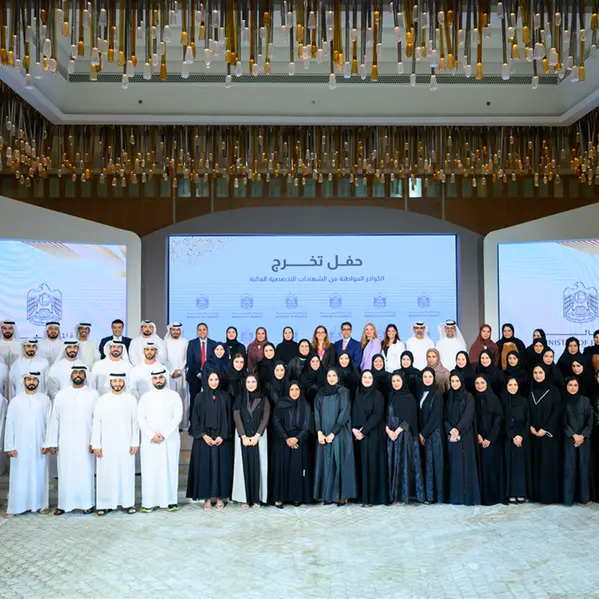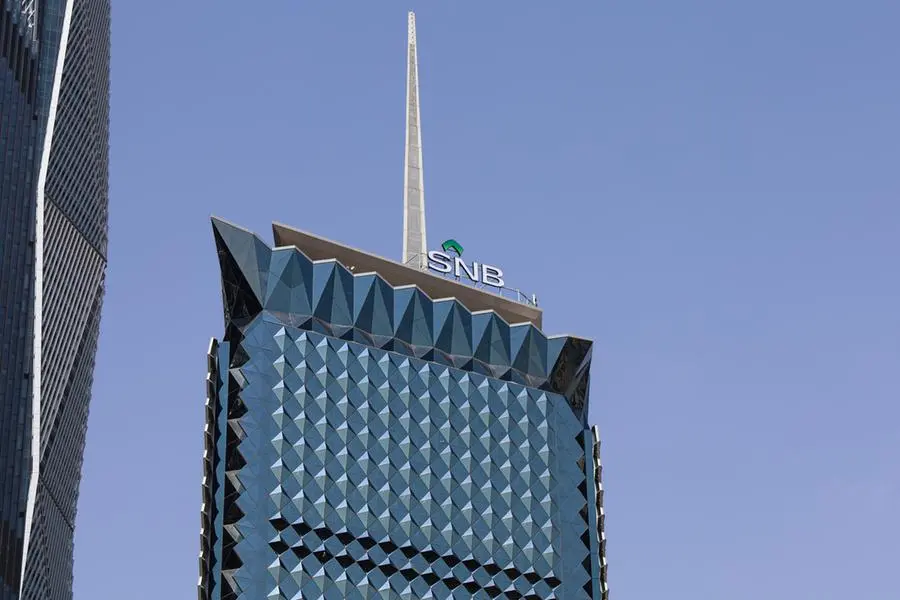The Saudi British Bank "SABB" has published the results of the headline SABB/HSBC Saudi Arabia Purchasing Managers' Index™ (PMI™) for March 2015 - a monthly report issued by the bank and HSBC. It reflects the economic performance of Saudi Arabian non-oil producing private sector companies through monitoring a number of variables, including output, orders, prices, stocks and employment.
Saudi Arabia's non-oil expansion continued to accelerate in March, as signaled by the seasonally adjusted PMI ticking up from 58.5 in February to a six-month high of 60.1. The latest figure maintained the economy's strong start to the year, with the quarterly average posting 58.8, up from 58.2 in Q4 2014. Underlying data indicated that the overall improvement was underpinned by faster growth of output and new business.
Non-oil private sector output in Saudi Arabia rose further in March, extending the current sequence of growth which has run throughout the study's history. Moreover, the latest increase was marked overall and the sharpest since September of last year. Study participants generally attributed higher output to greater new work intakes.
Reports of solid demand conditions were reinforced by study data in March, as new orders increased at a sharp rate. In fact, the pace of expansion picked up to the most marked in six months, mirroring the trend observed for output. Marketing initiatives and reputations for quality were reported to have boosted order book volumes in the latest period. Total new work was also supported by a faster expansion in foreign new orders during the month.
As a result, Saudi Arabia's non-oil private sector companies continued to hire additional staff in March, thereby marking a 12-month period of job creation. The rate of hiring was little-changed from February's solid pace.
Purchasing activity rose in line with new orders and business requirements in March, with the respective index climbing to a six-month high. Subsequently, pre-production inventories increased more quickly during the month.
According to study respondents, suppliers continued to react positively to greater demand for inputs. This was highlighted by a further shortening in average lead times.
Meanwhile, higher new work inflows also led to further accumulation in backlogs of work. The latest rise was the twenty-sixth in consecutive months, although the rate of increase eased to the weakest since last June.
On the price front, cost pressures intensified in March. This was mainly driven by a solid rise in purchasing prices, although staff costs also increased during the month. That said, the overall rate of increases in costs remained historically muted.
Average tariffs rose only fractionally in March. There were reports that competitive pressures had weighed on pricing power.
© Press Release 2015



















